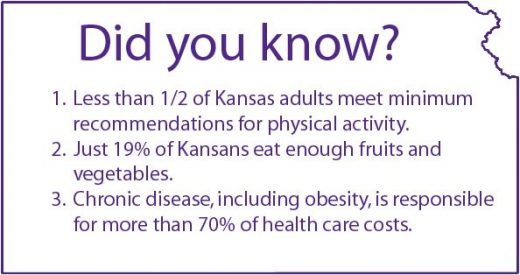We’ve all dealt with a friend, child, family member, or co-worker who has a behavior or attitude that drives you crazy. Sometimes these behaviors and attitudes break policy or laws while other times they just bring negativity into the environment. Simply ignoring these annoyances is not the answer, especially if they reoccur on a regular basis. Addressing differences can be stressful, yet not addressing them can result in unproductive work environments, strained relationships, and many bad moods.
How you address behaviors and attitudes that ‘push your buttons’ is very important in gaining the outcomes you desire. Blaming language brings out defense mechanisms, often steering the conversation away from the concern. Avoid using the word “you”. “You” statements accuse actions, ideas, and people to be in the wrong. Blaming language not only takes longer to reach a resolution, it rarely makes a relationship stronger through the process.
 Instead, use “I” statements. “I” statements keep your responses focused on how the concern affects you. Meanwhile, the other party will feel invited to explain how they are affected by the concern. “I” statements seek to understand and respect both party’s opinions and experiences. These types of conversations may provide values clarification, likely pointing towards a compromise that will benefit everyone.
Instead, use “I” statements. “I” statements keep your responses focused on how the concern affects you. Meanwhile, the other party will feel invited to explain how they are affected by the concern. “I” statements seek to understand and respect both party’s opinions and experiences. These types of conversations may provide values clarification, likely pointing towards a compromise that will benefit everyone.
Communicate with “I” Statements
- I feel: (label your feeling: betrayed, proud, anxious, vulnerable, etc…)
- When: (give specific example)
- Because: (briefly explain ‘why’)
- What I want/need is: (describe what would make you feel better)
By: Nora Rhoades
 etails will come, but there’s no better time than the present to put yourself-and your health first! You can start now by talking with coworkers, friends, and family to gather your team.
etails will come, but there’s no better time than the present to put yourself-and your health first! You can start now by talking with coworkers, friends, and family to gather your team. Deer can cause serious damage to newly planted seedlings and young trees. When they browse the buds, they reduce growth rates, nipping the tree at the base can create multiple stemmed trees, and bucks rubbing their antlers on stems can kill the tree entirely.
Deer can cause serious damage to newly planted seedlings and young trees. When they browse the buds, they reduce growth rates, nipping the tree at the base can create multiple stemmed trees, and bucks rubbing their antlers on stems can kill the tree entirely. So you saved your tomato crop in the freezer. Can those frozen tomatoes be canned?
So you saved your tomato crop in the freezer. Can those frozen tomatoes be canned? Instead, use “I” statements. “I” statements keep your responses focused on how the concern affects you. Meanwhile, the other party will feel invited to explain how they are affected by the concern. “I” statements seek to understand and respect both party’s opinions and experiences. These types of conversations may provide values clarification, likely pointing towards a compromise that will benefit everyone.
Instead, use “I” statements. “I” statements keep your responses focused on how the concern affects you. Meanwhile, the other party will feel invited to explain how they are affected by the concern. “I” statements seek to understand and respect both party’s opinions and experiences. These types of conversations may provide values clarification, likely pointing towards a compromise that will benefit everyone.